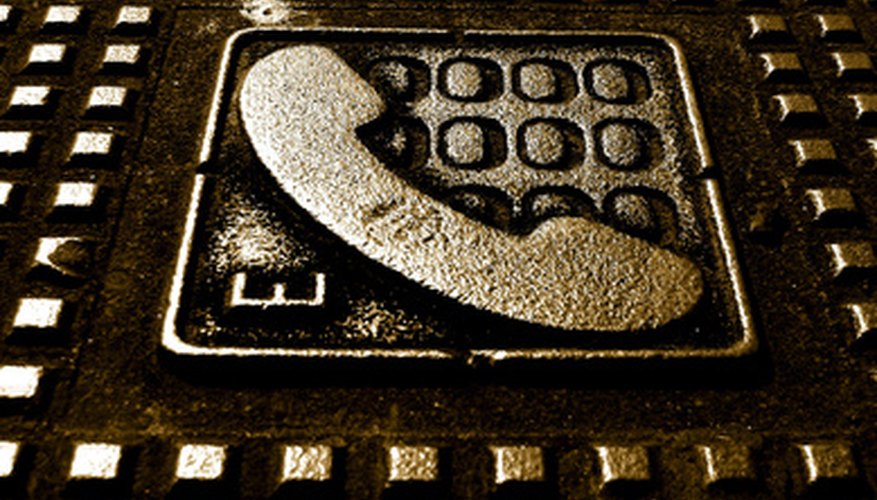The public switch telephone network (PSTN) is the network of devices that make up the world's circuit switched phone service. The PSTN consists of fibre optic cables, telephone lines, cellular networks, communication satellites and microwave transmitters, which are all connected by switches located in centres around the world. VOIP telephony is an Internet communications technology that provides a new way to make phone calls and is a challenge to the established PSTN. The PSTN does still possess some advantages.
Established Technology
The PSTN began in 1876 with the formation of American Bell, which later became AT&T. The technology used by the PSTN in the beginning changed by leaps and bounds and provides a high quality, automated switching communications network. The technology used today by the PSTN has proven effective in providing clear call quality for consumers over many years.
Reliability
The PSTN became more reliable throughout its existence. The PSTN is noted as an extremely reliable form of voice communication used by millions of people around the world every day. As the PSTN network grew, and underwater telecommunications cables, satellite links and the use fibre optics became more pervasive, the reliability of the PSTN increased and provided consumers with the ability to place calls around the world that remain consistently clear and reliable.
Circuit Switched
The PSTN uses circuit switched technology that sets up a dedicated circuit between two callers exclusively established for that call. The circuit is used only for voice traffic between the two calling parties, as opposed to VOIP telephony, which utilises the same network bandwidth for VOIP calls, data transfer, video transmissions and Internet traffic. The circuit switch technology used by the PSTN provides consistent high quality voice calls, while VOIP callers can experience problems with voice delay, robotic voice, one way audio and overall poor voice quality.
No Extra Equipment
To be hooked up to the PSTN users only need a line connected to their home from the PSTN. Most homes already have this connection. The user plugs a phone into their telephone jack. VOIP telephony users need to rent or purchase an additional VOIP modem to connect their phone to make and receive calls.
- To be hooked up to the PSTN users only need a line connected to their home from the PSTN.
No Extra Services
The PSTN is provided to consumers by the local phone company as residential or business telephone service. Most phone users already have this service. VOIP telephony requires the purchase of VOIP service from the local cable company, or requires a high-speed Internet connection to utilise VOIP services provided by numerous Internet providers. Users of the PSTN don't need Internet service connections to place telephone calls.
- The PSTN is provided to consumers by the local phone company as residential or business telephone service.
